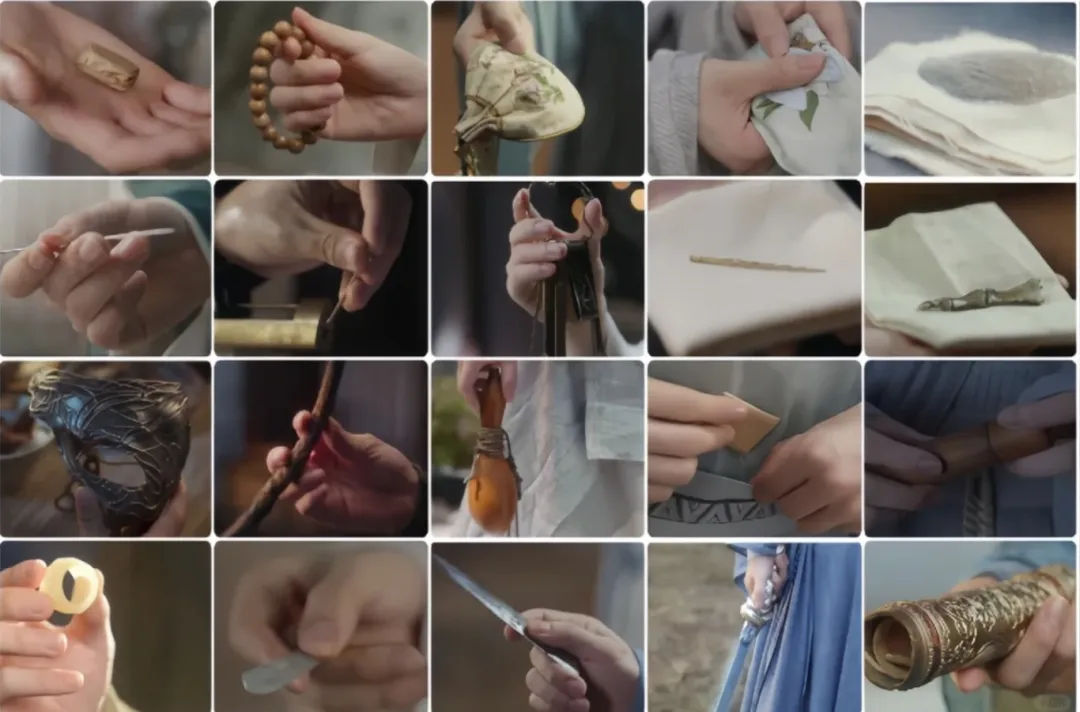Did the ancients not worry about things falling out of their sleeves? In the historical drama Lotus Tower, the character Li Lianhua is nicknamed 'Lotus Pockets' by netizens. His role is like Doraemon, pulling out items such as secret letters, tokens, rings, water bottles, swords, and small objects from his sleeves. Could ancient people really stuff so many items of different sizes into their sleeves? Li Lianhua's sleeves seem incredibly capacious!
Here's the conclusion: most sleeves that could hold items had cuffs. Unlike the wide - open sleeves used for ceremonial purposes, which generally couldn't hold things directly, and attendants often carried bags for them. Besides sleeves, ancient people also used handbags and backpacks. So, when you see characters easily taking out porcelain bottles or silver from their sleeves or belts, you might wonder—doesn't it hurt? More importantly, wouldn't things fall out?
Sleeves with cuffs generally had two features: some were naturally gathered, like pipa sleeves or chuihu sleeves, forming a pouch - like shape. Others had hidden stitching inside wide sleeves to prevent slipping and hold lightweight items. However, carrying heavy or large items in sleeves would be noticeable. So, ancient people often carried small bags, either hidden in sleeves or hung at the waist, called 'pouches' or 'panniers'.
In the Tang Dynasty, a popular belt called the 'Diexie Belt' had small hooks for hanging items such as knives and water bottles. According to the Old Book of Tang, the 'seven essentials' included a knife, whetstone, Qibi Zhen (契苾真), Jue (哕厥), needle case, and flint pouch. Imagine martial artists walking around with these—it's quite a sight!
Women also wore accessories called 'X things', where X referred to small items like scissors, sachets, or pouches, often practical and decorative. Simplified versions included 'three things'—ear picks, tweezers, and toothpicks—worn discreetly on collars or belts.
Beyond small bags, ancient people also used shoulder bags, backpacks, and even large 'travel bags', like the classic image of Ning Caichen carrying a bundle with bedding and other items. These 'travel bags' were similar to modern outdoor backpacks, sometimes even holding umbrellas or lanterns—truly versatile for outdoor use.
Using sleeves to hold items in historical dramas is mainly a way to save on props and simplify scenes. But don't take it too seriously—try hiding something in your sleeve, and you might just hear it clattering down your clothes the moment you raise your arm!




I feel like designing a functional and discrete sleeve pocket thing is a challenge to rise to instead of dismissing. 😎 😎